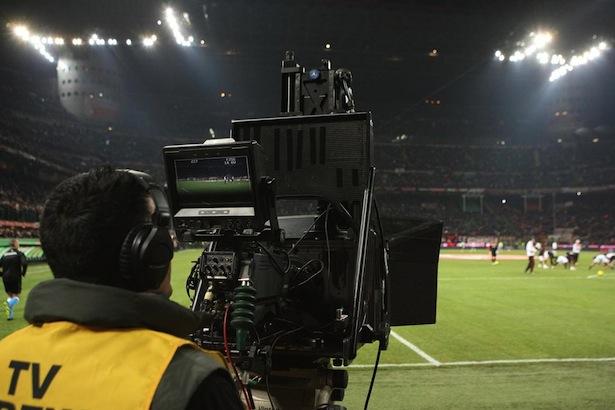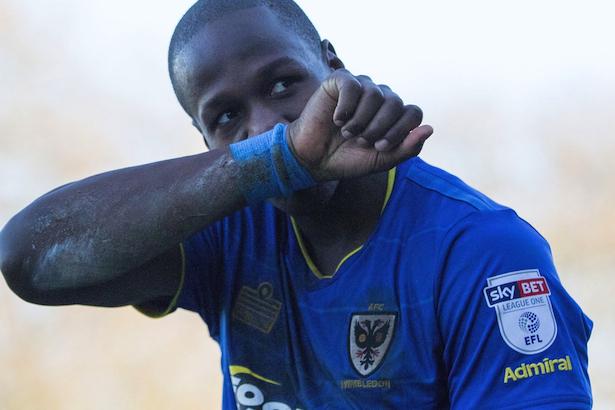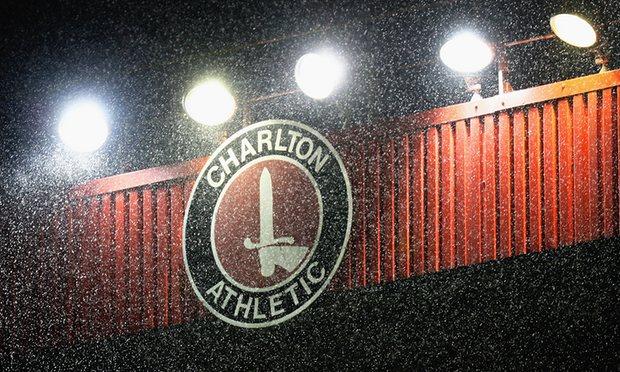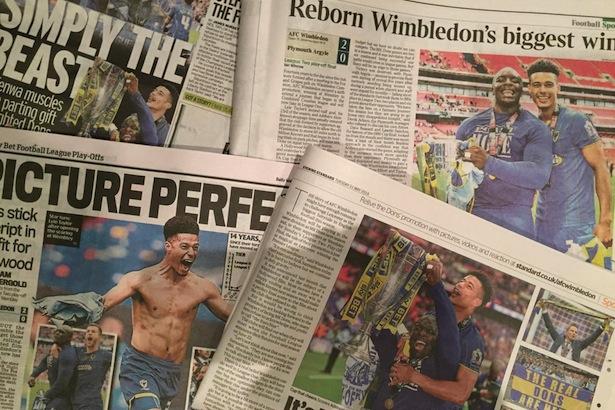It is typical that the biggest clubs in the country, long detached from […]
Tom Elliott typified what Wimbledon fans look for in a player. Strong, honest, […]
Football has reached its saturation point in this country. At every level, we […]
Contrast a senior management team incompetent in making football decisions, with contempt for […]
More than a little editorial licence with the headline, granted, but then following […]







CULT OF PERSONALITY